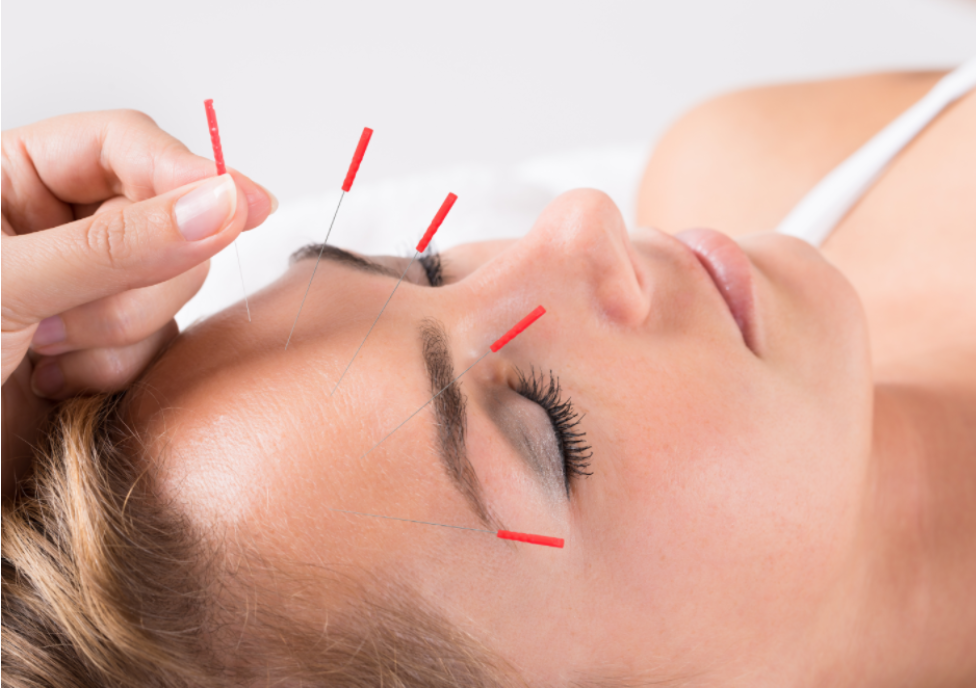Unraveling the Benefits of Dry Needling Therapy for Chronic Pain Management

Image Source: Google
Chronic pain can have a significant impact on a person's quality of life, making even simple daily tasks difficult to perform. While there are various treatment options available, one lesser-known but effective therapeutic technique is dry needling. This innovative treatment involves inserting thin needles into specific trigger points in the muscles to help relieve pain and improve overall function. Let's delve deeper into the benefits of dry needling therapy for chronic pain management.
The Science Behind Dry Needling
How Does Dry Needling Work?
- Dry needling targets trigger points in the muscles, which are hyperirritable spots associated with tight bands of muscle fibers.
- By inserting thin needles into these trigger points, it helps release tension and induce a localized twitch response, which can help relax the muscle and relieve pain.
- The process also stimulates the body's natural healing response, increasing blood flow to the area and promoting the release of endorphins, the body's natural painkillers.
Key Differences Between Dry Needling and Acupuncture
- Dry needling is often confused with acupuncture, but they are two distinct practices.
- While acupuncture is based on traditional Chinese medicine and involves inserting needles along meridian lines to restore the flow of energy (Qi), dry needling is rooted in Western medicine and focuses on targeting musculoskeletal pain.
- Acupuncture needles are typically left in place for a longer duration, while dry needling involves the insertion and removal of needles in a relatively quick manner.
Benefits of Dry Needling Therapy
Effective Pain Relief
- Dry needling has been shown to provide effective pain relief for various musculoskeletal conditions, including back pain, neck pain, shoulder pain, and headaches.
- It can help reduce muscle tension, improve range of motion, and alleviate pain in specific target areas.
- Studies have found that dry needling can lead to significant improvements in pain levels and functional outcomes for patients with chronic pain conditions.
Improved Muscle Function
- By targeting trigger points in the muscles, dry needling can help improve muscle function and restore normal movement patterns.
- It can release muscle knots and tension, allowing the muscles to function more efficiently and reducing the risk of compensation patterns that can lead to further pain and injury.
- Patients may experience increased strength, flexibility, and coordination after undergoing dry needling therapy.
Enhanced Recovery and Rehabilitation
- Dry needling can be a valuable adjunct therapy for individuals undergoing rehabilitation for sports injuries or post-operative recovery.
- It can help accelerate the healing process, reduce inflammation, and promote tissue repair by stimulating the body's natural healing mechanisms.
- Incorporating dry needling into a comprehensive rehabilitation program can help individuals recover faster and return to their normal activities sooner.
Is Dry Needling Right for You?
Conditions that May Benefit from Dry Needling
- Chronic neck and back pain
- Shoulder impingement syndrome
- Tension headaches and migraines
- Sciatica and piriformis syndrome
- Plantar fasciitis and other musculoskeletal conditions
Considerations Before Trying Dry Needling
- Consult with a qualified healthcare provider or physical therapist to determine if dry needling is a suitable treatment option for your specific condition.
- Discuss any concerns or questions you may have about the procedure, potential side effects, and expected outcomes.
- Ensure that the practitioner performing the dry needling is trained and certified in the technique to ensure safe and effective treatment.
Overall, dry needling therapy offers a promising approach to managing chronic pain and improving musculoskeletal function. By targeting trigger points in the muscles, it can help alleviate pain, enhance muscle function, and promote recovery and rehabilitation.